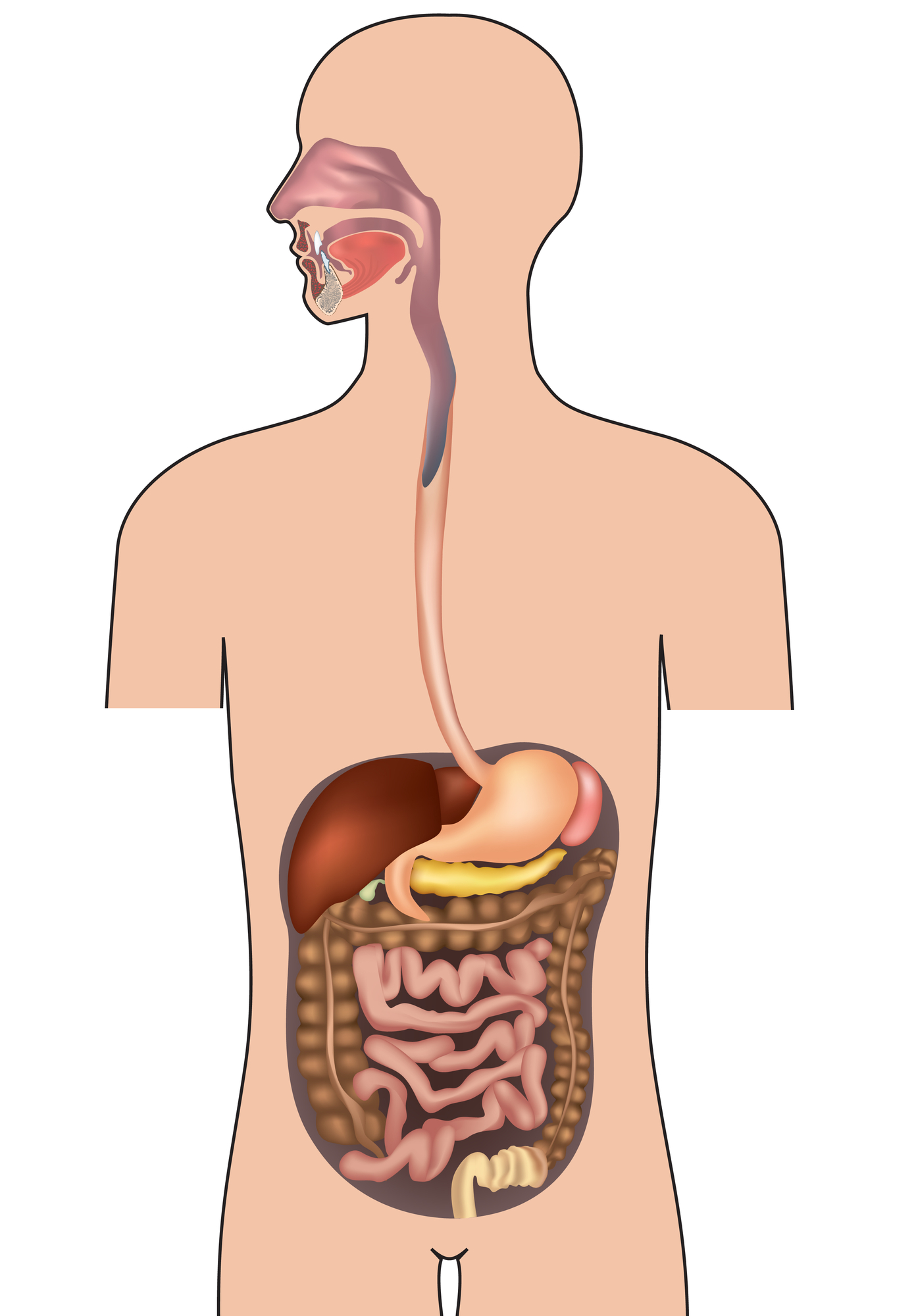Elderberry Benefits for the Immune System
Elderberry has been traditionally used to help many health issues, and one of the primary reasons is that elderberry benefits the immune system. The well-known species of elderberry is the European Black Elder, and its scientific or botanical name is Sambucus Nigra. The other species is the red elderberry (Sambucus Racemosa) which is considered more toxic therefore the red elder should not be used for human consumption although some herbalists disagree.
Elderberry like many other berries it contains various vitamins including vitamin C and B vitamins, carotenoids, and flavonoids that provide antioxidants protecting the cells from being damaged by inhibiting oxidation.
Parts of elderberry used are the fruits and flowers, and the fruits of elderberry need to be cooked if you plan to prepare a syrup yourself since the fruits have a similar chemical to cyanide.
Although many herbalists don't recommend using the remaining parts of elderberry such as the leaves, roots, and inside of bark because they are considered toxic.
However, according to a master herbalist, Stephen Buhner, these parts have been used traditionally for decades. However, they need to be prepared differently than the fruits and flowers of the black/blue elderberry. And he explains that elderberry might be even more potent as an immune system booster.
I have to say it is kind of sad that many herbalists and individuals who are herb devotees in our present time have lost the art of preparing herbs like elderberry with all its parts so every part of a plant can be utilized.
Elderberry and the Flu
One of the herb properties is being antiviral thus active against flu viruses and viruses that cause respiratory infection. Elderberry does that by stopping the virus from multiplying and also inhibiting a viral enzyme called Neuraminidase and decreases the number of a glycoprotein called hemagglutinin (1). Hemagglutinin and neuraminidase are two viral molecules that make the influenza virus effectively infectious.
The herb Elderberry also has an antimicrobial property where studies show its effectiveness against both Streptococcus pyogenes ( a Gram-positive type of bacteria) and Branhamella catarrhalis ( a Gram-negative type of bacteria) (2).
Elderberry is also considered to be antifungal, analgesic(pain relief), anti-inflammatory, anticancer, and antioxidant, and its antioxidant property is deemed to be more potent than Vitamin E and C (1).
The powerful antioxidants in elderberry are due to the black-purple pigment that contains two powerful phytochemicals, anthocyanins, and phenols which make elderberry a practical choice for the immune system and fending off pathogenic microbes (3).
As I mentioned at the beginning of the article that the primary usage for example in North America comes from only two parts, the fruits and flowers of elderberry, due to the fear of leaves and roots of the herb are toxic or poisonous.
However, according to the master herbalist, Stephen Buhner, he explains that the stems, roots, and inner barks if these parts of the herb are prepared correctly these parts have potent antimicrobial properties that are unique to the part of the plant and some overlap. I strongly recommend reading his antiviral book where you will also learn how to make elderberry for flu remedy and more.
Last Few Words
People in the past with their wisdom have traditionally used elderberry for various health remedies including the flu, respiratory infection, colds, and they understood that elderberry benefits the immune system as science validates these ancient practices.
To find the best quality of elderberry on the market or make it yourself after carefully learning how to prepare this magnificent herb.
Sources
- Source (1) Buhner, S. H. (2013). Herbal Antivirals: Natural Remedies for Emerging & Resistant Viral Infections. North Adams, MA: Storey Publishing
- Source (2)
- Source (3)







